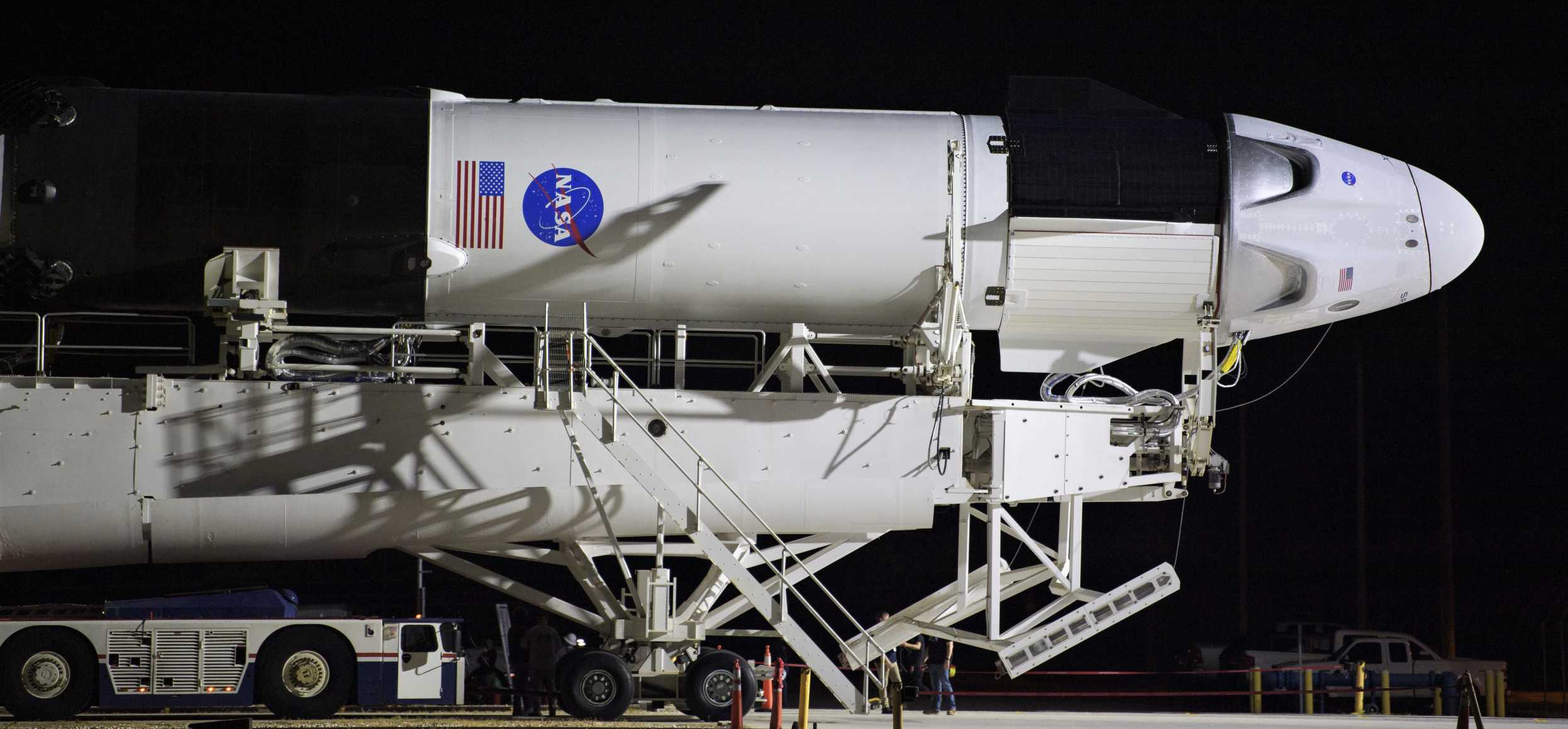
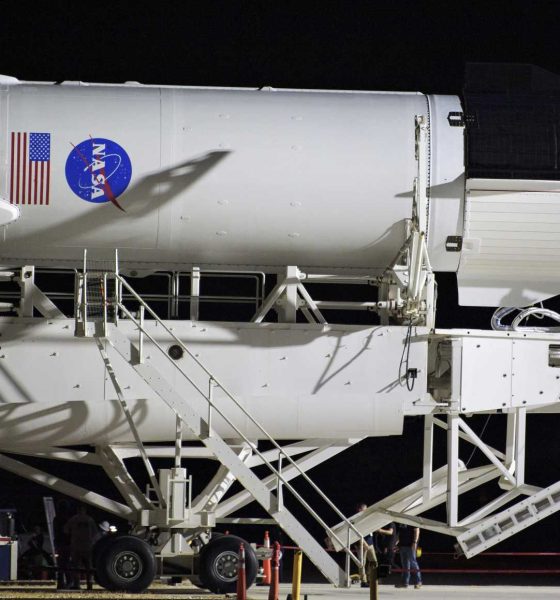
News
SpaceX gets official ‘go’ from NASA for upcoming astronaut launch debut
Days before the final test flight and first crewed flight of SpaceX’s Crew Dragon capsule, Demo-2, representatives from SpaceX, NASA, and the International Space Station met for an intensive Flight Readiness Review (FRR) to determine whether or not the historic mission could proceed toward a May 27th, 2020 launch attempt.
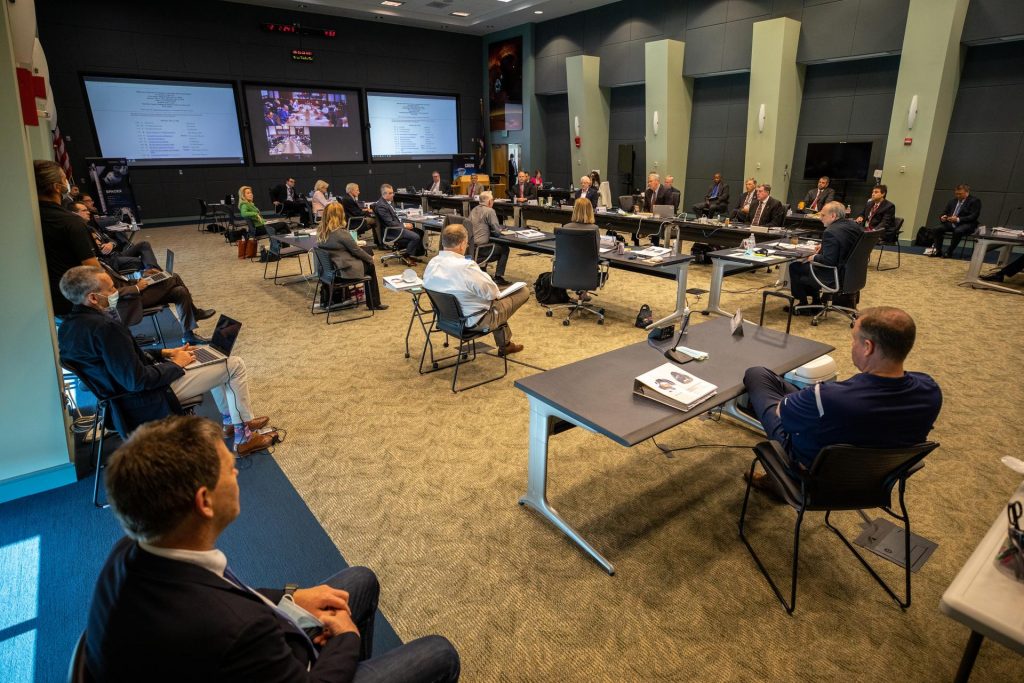
Leaders from SpaceX and NASA such a NASA’s Commerical Crew Program Manager, Kathy Lueders; International Space Station Program manager Kirk Shireman; SpaceX’s director of Crew Mission Management, Benji Reed in conjunction with Russian and Japanese representatives from the International Space Station partnership came together to discuss the findings of previous, specialized reviews, close out any remaining action items, and give the official nod of approval for SpaceX to send astronauts to orbit for the first time. NASA Associate Administrator, Steve Jurczyk, led the review in place of Doug Loverro who recently resigned as chief of NASA’s human spaceflight program.
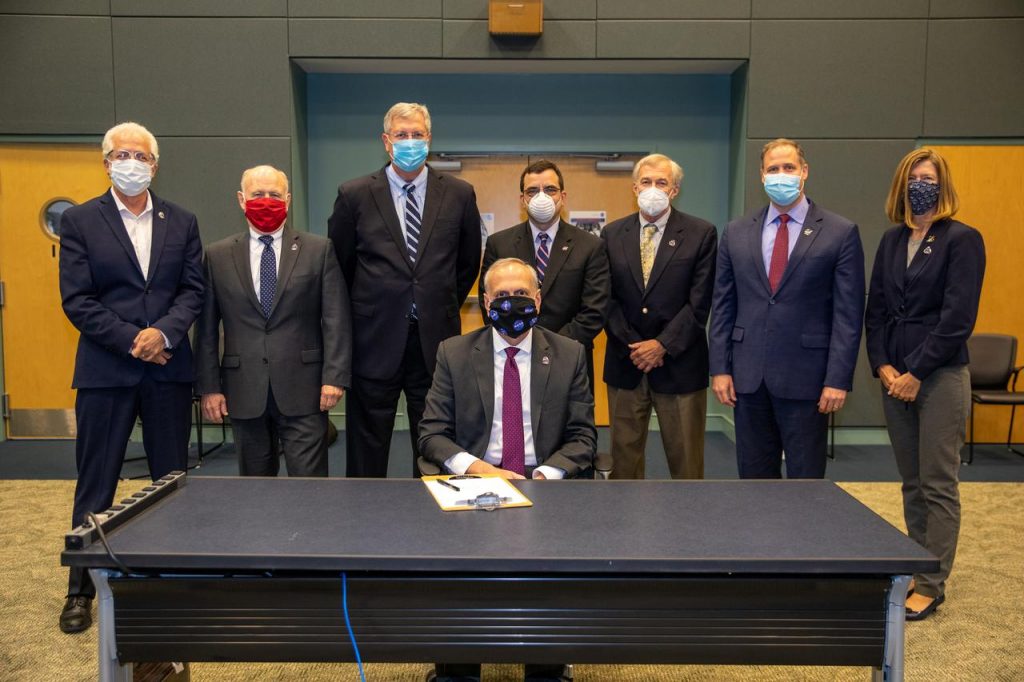
The standard practice joint FRR that occurs ahead of any crew launch comes after a series of previously held independent specialized reviews – such an engineering review of the Crew Dragon capsule and a flight test rate review led by Kathy Lueders and the Commercial Crew Program team. Initially intended to last just one day, the FRR began on Thursday (May 21st), extended to the end of the business day, and continued into Friday (May 22nd). After a day and a half of intensive review and conversation, Steve Jurczyk stated that “We did a thorough review of all of the systems and all the risks, and it was unanimous on the board that we are go for launch.”
NASA administrator, Jim Bridenstine spoke at a post review news conference stating that the FRR was a “time to speak up if there are any challenges and there were. There were conversations that were had that were very important to be had.” He also stated that there are still “a lot of checks to do, but the (flight) readiness review was good and we are a go.”
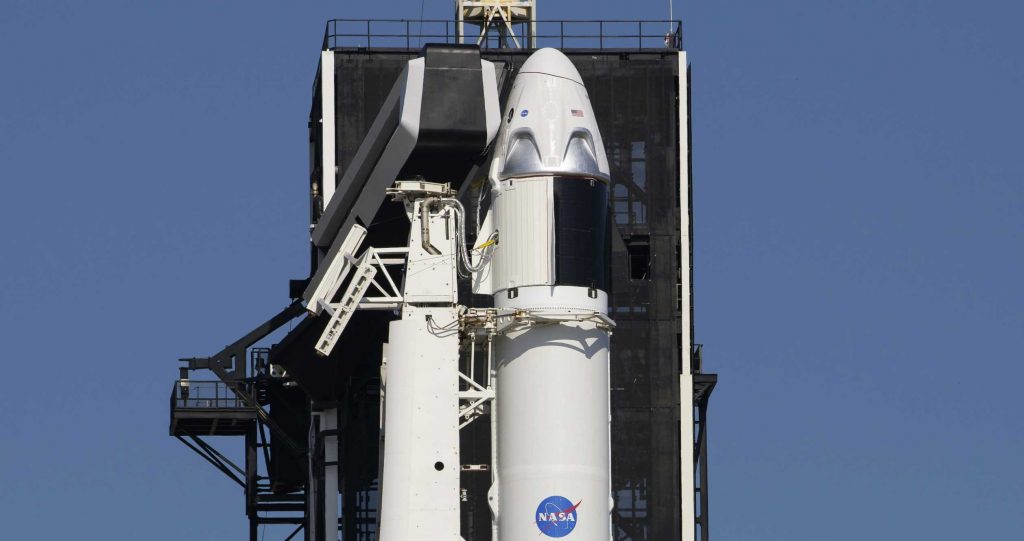
For Demo-2, the successful FRR is a crucial pathfinding step to confirming launch, however not the last. During the follow-up news conference, SpaceX’s Director of Crew Mission Management, Benji Reed, stated that the go for launch is permission to proceed in the launch sequence, but “really it’s a go to the mission,” referring to the fact that Demo-2 is an extended exercise of SpaceX’s entire human spaceflight system. Demo-2 will every step of the sequences from launch, to docking, to returning NASA astronauts Bob Behnken and Doug Hurley home safely. Reed went on to say that “there’ll be constant vigilance and watching of the data and observations as we go through the mission.”
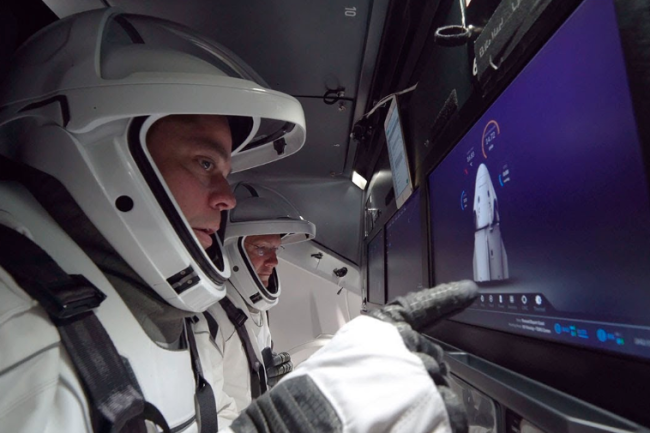
In order to pass this final test flight, SpaceX will have to prove beyond a shadow of a doubt that Falcon 9 and Crew Dragon are more than capable of delivering and returning astronauts safely to and from orbit. Perhaps the most important objective to be met is achieving NASA human rating certification of SpaceX’s human spaceflight system. In response to a question regarding human rating by CNBC reporter Michael Sheetz, Steve Jurczyk stated that the Demo-2 FRR was an “intermittent interim human rating certification review – validated that this system meets the human rating certification requirements for the Demo-2 mission and those requirements feed forward to future missions, including the Crew-1 mission. We will have a final human rating certification review after Demo-2, before the Crew-1 mission, just to certify the relatively small set of design changes between the Demo-2 system and the Crew-1 system, and at that point, we will deem the system human rating certified.”
A few final hurdles Demo-2 had left to clear is the static firing of the Falcon 9’s Merlin 1D engines and a dry dress rehearsal of launch day proceedings scheduled to occur Saturday (May 22nd) to ensure every kink is worked out of the system and everything is ready to go for launch. The dry dress rehearsal will encompass every aspect of launch day, from putting on the spacesuits to climbing into the Crew Dragon capsule. It is expected to end just before propellant loading would begin in the countdown.
Finally, SpaceX is expected to hold its own Launch Readiness Review with appropriate NASA teams in attendance on Monday, May 25th, “to make sure we’re go for each aspect, including go to come home,” as stated by Reed. Upon conclusion, the only thing left to do will be to load the astronauts and launch to the International Space Station, making history for SpaceX once again.

News
Tesla hosts Rome Mayor for first Italian FSD Supervised road demo
The event marked the first time an Italian mayor tested the advanced driver-assistance system in person in Rome’s urban streets.
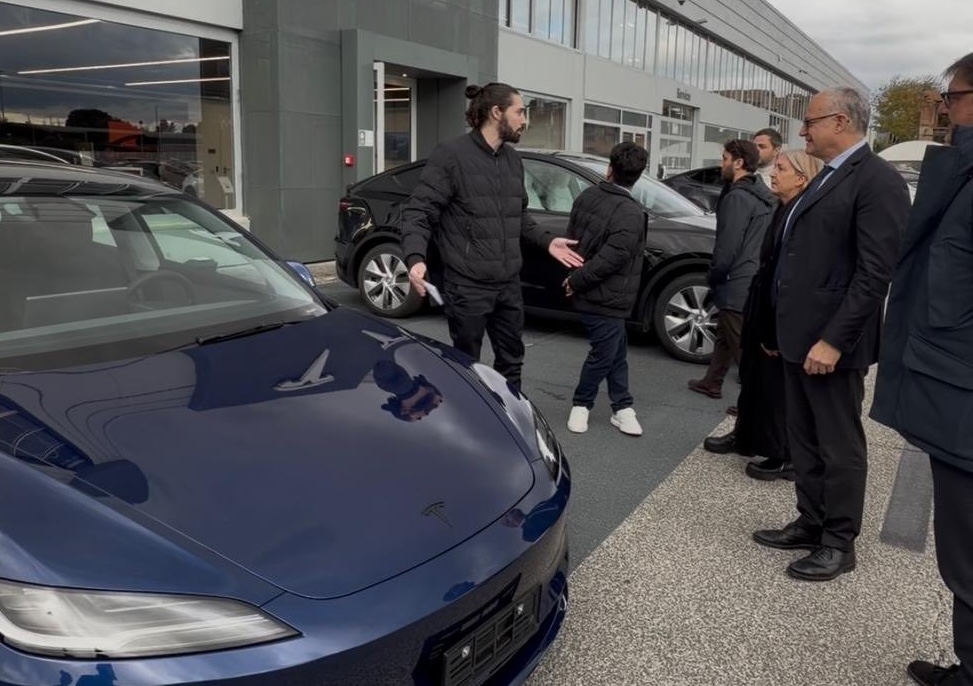
Tesla definitely seems to be actively engaging European officials on FSD’s capabilities, with the company hosting Rome Mayor Roberto Gualtieri and Mobility Assessor Eugenio Patanè for a hands-on road demonstration.
The event marked the first time an Italian mayor tested the advanced driver-assistance system in person in Rome’s urban streets. This comes amid Tesla’s push for FSD’s EU regulatory approvals in the coming year.
Rome officials experience FSD Supervised
Tesla conducted the demo using a Model 3 equipped with Full Self-Driving (Supervised), tackling typical Roman traffic including complex intersections, roundabouts, pedestrian crossings and mixed users like cars, bikes and scooters.
The system showcased AI-based assisted driving, prioritizing safety while maintaining flow. FSD also handled overtakes and lane decisions, though with constant driver supervision.
Investor Andrea Stroppa detailed the event on X, noting the system’s potential to reduce severe collision risks by up to seven times compared to traditional driving, based on Tesla’s data from billions of global fleet miles. The session highlighted FSD’s role as an assistance tool in its Supervised form, not a replacement, with the driver fully responsible at all times.
Path to European rollout
Tesla has logged over 1 million kilometers of testing across 17 European countries, including Italy, to refine FSD for local conditions. The fact that Rome officials personally tested FSD Supervised bodes well for the program’s approval, as it suggests that key individuals are closely watching Tesla’s efforts and innovations.
Assessor Patanè also highlighted the administration’s interest in technologies that boost road safety and urban travel quality, viewing them as aids for both private and public transport while respecting rules.
Replies on X urged involving Italy’s Transport Ministry to speed approvals, with one user noting, “Great idea to involve the mayor! It would be necessary to involve components of the Ministry of Transport and the government as soon as possible: it’s they who can accelerate the approval of FSD in Italy.”
News
Tesla FSD (Supervised) blows away French journalist after test ride
Cadot described FSD as “mind-blowing,” both for the safety of the vehicle’s driving and the “humanity” of its driving behaviors.
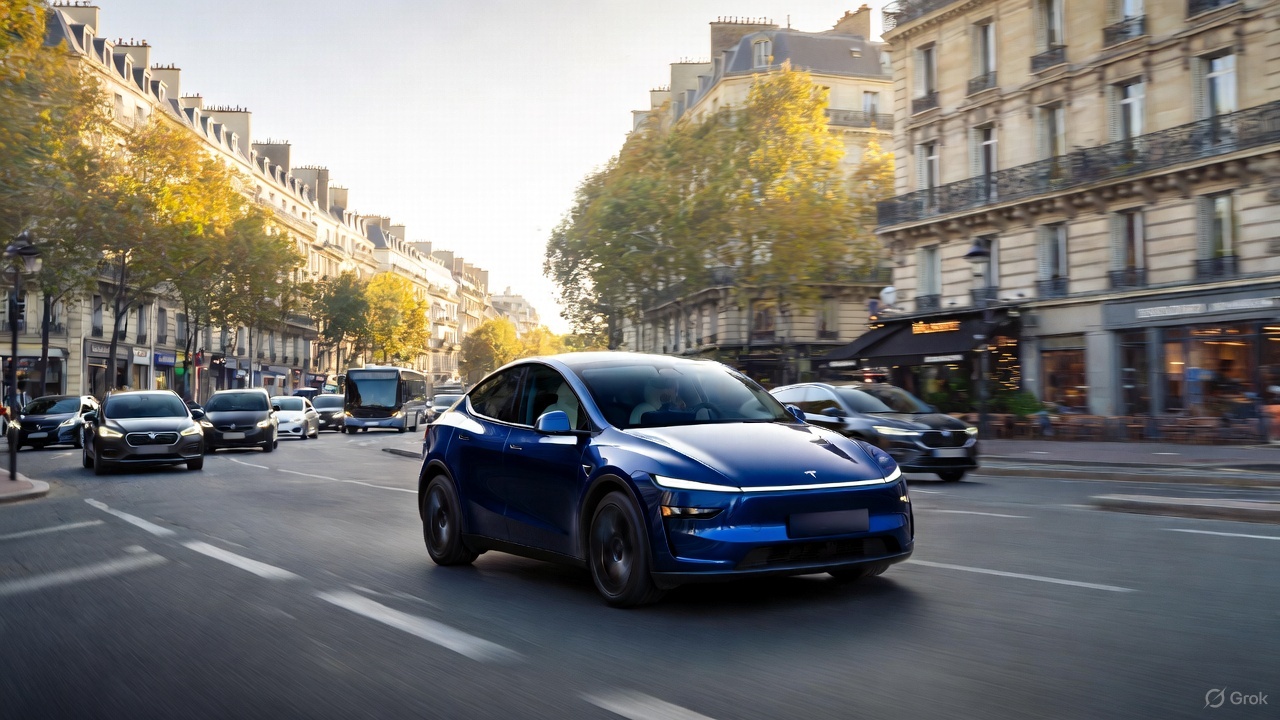
Tesla’s Full Self-Driving (Supervised) seems to be making waves in Europe, with French tech journalist Julien Cadot recently sharing a positive first-hand experience from a supervised test drive in France.
Cadot, who tested the system for Numerama after eight years of anticipation since early Autopilot trials, described FSD as “mind-blowing,” both for the safety of the vehicle’s driving and the “humanity” of its driving behaviors.
Julien Cadot’s FSD test in France
Cadot announced his upcoming test on X, writing in French: “I’m going to test Tesla’s FSD for Numerama in France. 8 years I’ve been waiting to relive the sensations of our very first contact with the unbridled Autopilot of the 2016s.” He followed up shortly after with an initial reaction, writing: “I don’t want to spoil too much because as media we were allowed to film everything and I have a huge video coming… But: it’s mind-blowing! Both for safety and for the ‘humanity’ of the choices.”
His later posts detailed FSD’s specific maneuvers that he found particularly compelling. These include the vehicle safely overtaking a delivery truck by inches, something Cadot said he personally would avoid to protect his rims, but FSD handled flawlessly. He also praised FSD’s cyclist overtakes, as the system always maintained the required 1.5-meter distance by encroaching on the opposite lane when clear. Ultimately, Cadot noted FSD’s decision-making prioritized safety and advancement, which is pretty remarkable.
FSD’s ‘human’ edge over Autopilot
When asked if FSD felt light-years ahead of standard Autopilot, Cadot replied: “It’s incomparable, it’s not the same language.” He elaborated on scenarios like bypassing a parked delivery truck across a solid white line, where FSD assessed safety and proceeded just as a human driver might, rather than halting indefinitely. This “humanity” impressed Cadot the most, as it allowed FSD to fluidly navigate real-world chaos like urban Paris traffic.
Tesla is currently hard at work pushing for the rollout of FSD to several European countries. Recent reports have revealed that Tesla has received approval to operate 19 FSD test vehicles on Spain’s roads, though this number could increase as the program develops. As per the Dirección General de Tráfico (DGT), Tesla would be able to operate its FSD fleet on any national route across Spain. Recent job openings also hint at Tesla starting FSD tests in Austria. Apart from this, the company is also holding FSD demonstrations in Germany, France, and Italy.
Elon Musk
Tesla Optimus shows off its newest capability as progress accelerates

Tesla Optimus showed off its newest capability as progress on the project continues to accelerate toward an ultimate goal of mass production in the coming years.
Tesla is still developing Optimus and preparing for the first stages of mass production, where units would be sold and shipped to customers. CEO Elon Musk has always marketed the humanoid robot as the biggest product in history, even outside of Tesla, but of all time.
He believes it will eliminate the need to manually perform monotonous tasks, like cleaning, mowing the lawn, and folding laundry.
However, lately, Musk has revealed even bigger plans for Optimus, including the ability to relieve humans of work entirely within the next 20 years.
JUST IN: Elon Musk says working will be ‘optional’ in less than 20 years because of AI and robotics. pic.twitter.com/l3S5kl5HBB
— Watcher.Guru (@WatcherGuru) November 30, 2025
Development at Tesla’s Artificial Intelligence and Robotics teams has progressed, and a new video was shown of the robot taking a light jog with what appeared to be some pretty natural form:
Just set a new PR in the lab pic.twitter.com/8kJ2om7uV7
— Tesla Optimus (@Tesla_Optimus) December 2, 2025
Optimus has also made several public appearances lately, including one at the Neural Information Processing Systems, or NeurIPS Conference. Some spectators shared videos of Optimus’s charging rig, as well as its movements and capabilities, most interestingly, the hand:
You have to hand it to Elon 🤟 pic.twitter.com/fZKDlmGAbe
— Ric Burton · NeurIPS 2025 (@_ricburton) December 2, 2025
The hand, forearm, and fingers have been one of the most evident challenges for Tesla in recent times, especially as it continues to work on its 3rd Generation iteration of Optimus.
Musk said during the Q3 Earnings Call:
“I don’t want to downplay the difficulty, but it’s an incredibly difficult thing, especially to create a hand that is as dexterous and capable as the human hand, which is incredible. The human hand is an incredible thing. The more you study the human hand, the more incredible you realize it is, and why you need four fingers and a thumb, why the fingers have certain degrees of freedom, why the various muscles are of different strengths, and fingers are of different lengths. It turns out that those are all there for a reason.”
The interesting part of the Optimus program so far is the fact that Tesla has made a lot of progress with other portions of the project, like movement, for example, which appears to have come a long way.
However, without a functional hand and fingers, Optimus could be rendered relatively useless, so it is evident that it has to figure this crucial part out first.








